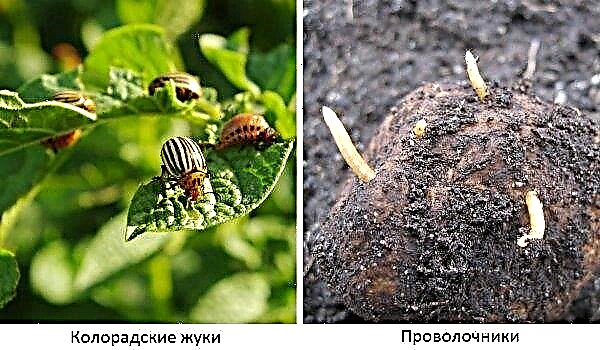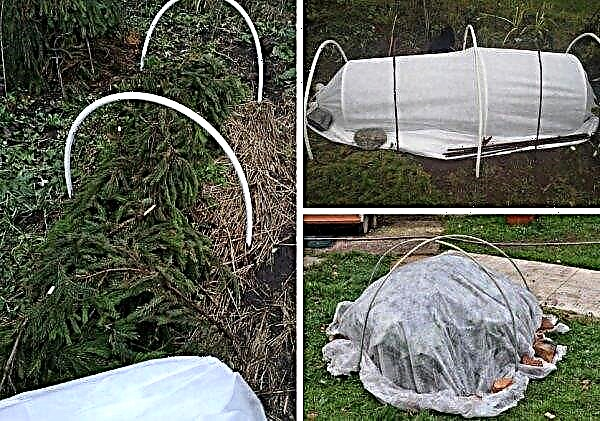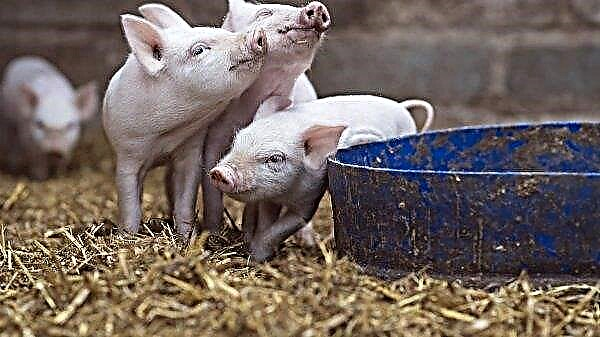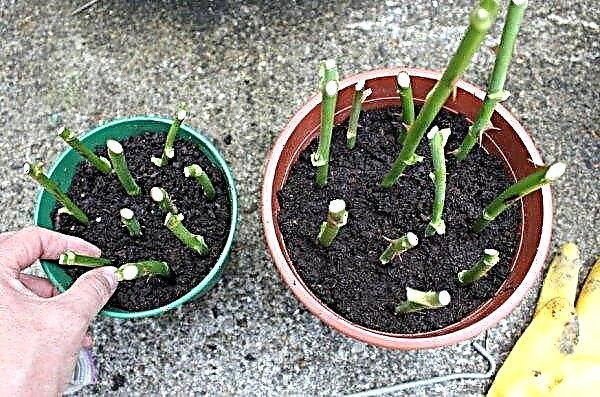The hunting belt is an excellent inexpensive tool to reduce the number of many garden pests, the undoubted advantage of which is harmlessness to plants and the environment.

What pests does the device help
Hunting belts help control the number of insect species such as:
- caterpillar caterpillars;
- kidney-eaters;
- flower beetles;
- fruit moth;
- ticks;
- whiteflies;
- aphid;
- weevils.
These pests harm trees, not only affecting the amount of the crop, but also damaging the bark, leaves, and fruit ovaries.
Aphids in nature have natural enemies: ladybugs, wasps, sparrows, tits.
These insects are dangerous not only during fruit ripening, but also throughout the summer and autumn. Therefore, it is necessary to conduct a continuous struggle with them, otherwise you can lose up to half of the entire crop.
Varieties of Hunting Belts
All species have a similar design, based on a barrier to insects. A prerequisite for a successful pest control is a snug fit of the trap to the tree bark, since even small gaps can easily let small insects up the trunk.

These devices can act in several ways: mechanically or by applying special insecticides.
Hunting belts can be divided into the following types:
- Dryoperating as a trap made of burlap or other material.
- Processed by special meansleading to the death of insects.
- Stickyacting on the same principle as adhesive tapes from flies. They are treated with a viscous substance.
- Adhesivesthat simply enough to process the necessary area on the tree.
Trap setting period

To protect your trees from pests, you need to fix the hunting belts in the following periods:
- In Marchwhen insects that winter in the ground move up the trunk.
- Periodically throughout the summer. Traps should be regularly checked and insects collected.
- From mid to late fall. At this time, some specimens for laying eggs are raised in the branches of the trees.
A common drawback of all hunting belts is the ingestion of not only insect pests, but also beneficial ones, such as ladybugs, bumblebees and bees.
Mounting the belt yourself
The hunting belt - a wide tape or a tourniquet that surrounds the trunk. As a rule, it is installed half a meter from the ground. To conduct inspections and destroy pests caught in the trap is daily.

For the manufacture of various types of traps, there are nuances:
- The tape encircling the shtamb is made as follows: the loose material folded in many layers is wrapped around the trunk and secured with twine. Insects in this case get stuck between the layers of the belt.
- The funnel-shaped trap is attached to the tree trunk with the wide part down. In this case, the insects that rise to the crown fall into the part that is free, and there they remain or fall down to the ground.
- There is a kind of rubber valve. With its lower part, such a belt tightly wraps around the trunk, while the bowl is filled with sticky substance, in which insects accumulate.
The Leafworm family got its name due to the fact that the caterpillars fold the leaves of plants into tubes.
Such devices are successfully used in pest control, as this is a simple manufacture and environmentally friendly invention.












